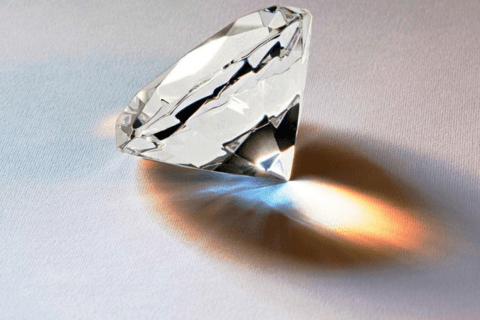Purchasing gold and silver has been an attractive investment strategy for centuries, offering both wealth preservation and potential financial gain. If you’re new to the process and wondering how to buy gold and silver, you’re in the right place. This article will walk you through everything you need to know, from understanding why you should buy these precious metals to the best methods for purchasing them.
Table of Contents
Understanding the Value of Gold and Silver
Gold and silver are often referred to as “safe-haven” investments because their value tends to rise in uncertain times. These precious metals have been used as money for thousands of years, and their worth is intrinsic, not reliant on a central bank or currency. For gold buyers, the primary appeal lies in its ability to retain value, often outperforming traditional assets such as stocks during periods of financial instability. Silver, while less expensive than gold, also shares many of the same advantages and has a unique appeal for those looking for a more affordable precious metal investment.
Researching the Market for Gold and Silver
When considering how to buy gold and silver, the first step is to research the market. The prices of these metals fluctuate based on global supply and demand factors. Factors such as geopolitical events, economic crises, or changes in the monetary policy of major economies can all affect the market. Gold buyers should stay updated on these trends and follow reliable sources for pricing and market analysis. It’s also crucial to understand the different types of gold and silver available for purchase. Options include bullion, coins, and jewelry, each with its own pricing structure.
Deciding Between Gold Bullion or Coins
One of the key decisions when you learn how to buy gold and silver is whether to invest in bullion or coins. Bullion refers to gold or silver in bulk form, usually in bars or ingots, and is often purchased by weight. Bullion tends to be more cost-effective for larger investments, as the premiums (the extra cost over the spot price) are typically lower than with coins.
Gold buyers who are interested in a more tangible form of their investment may prefer gold coins. Coins are often collectible and can carry additional premiums based on their rarity and historical value. However, these premiums can make coins a more expensive choice compared to bullion. For those looking to invest in silver, there are similar options, such as silver bars or coins. The key is to align your purchase with your investment goals and budget.
Where to Buy Gold and Silver
Once you’ve decided on the type of gold and silver you want to buy, the next step is finding a reputable seller. There are various places to purchase these metals, including local dealers, online platforms, and even auctions. Gold buyers often prefer working with well-established dealers who offer transparency in pricing and authenticity.
When purchasing online, be sure to research the reputation of the website and read customer reviews. Look for secure payment options and clear policies on returns and shipping. Avoid purchasing from unknown or unverified sellers to ensure you’re getting genuine products. Local dealers can also offer the advantage of inspecting your purchase in person before committing.
The Role of Authenticity and Certification
One important aspect to consider when learning how to buy gold and silver is ensuring that the products you are purchasing are authentic. Since these precious metals can be easily counterfeited, buyers need to pay close attention to certification. Many gold buyers prefer to purchase metals that are certified by reputable assayers or come with official certifications, guaranteeing their purity and authenticity. Look for marks like “24k” for pure gold or the “999” stamp for fine silver.
When buying silver or gold coins, the authenticity of the coin and the legitimacy of the mint can add value to your investment. Many mints worldwide produce gold and silver coins that are recognized for their weight, purity, and design, making them easy to resell or trade in the future.
Storing Your Gold and Silver
One aspect often overlooked when considering how to buy gold and silver is secure storage. Storing physical gold and silver requires careful consideration, as they are valuable and can be a target for theft. Many gold buyers opt for safe deposit boxes at banks or use private vaults that specialize in precious metals storage. These options offer a high level of security but come with fees.
Alternatively, some investors prefer to store their gold and silver at home in a personal safe, but this approach can be risky. If you decide to store your metals at home, make sure to invest in a high-quality, fireproof safe.
Selling Gold and Silver
While buying gold and silver is an excellent way to diversify your investment portfolio, it’s also important to consider the process of selling these metals. Gold buyers should be aware of the market fluctuations when they decide to sell, as the value of precious metals can change over time. When selling, you can either return to the dealer you purchased from, look for another buyer, or consider selling to a refiner. Each method has its pros and cons, so it’s best to research the current prices and trends to maximize your return.
Conclusion: The Investment Potential of Gold and Silver
Understanding how to buy gold and silver is an essential step for anyone looking to invest in these valuable metals. Whether you’re a new investor or someone looking to expand your portfolio, it’s important to research the market, choose reliable sellers, and ensure your investments are properly stored. As with any investment, patience and knowledge are key to maximizing your financial success. By following the steps outlined in this article, you can confidently enter the world of precious metal investing and secure your financial future.




